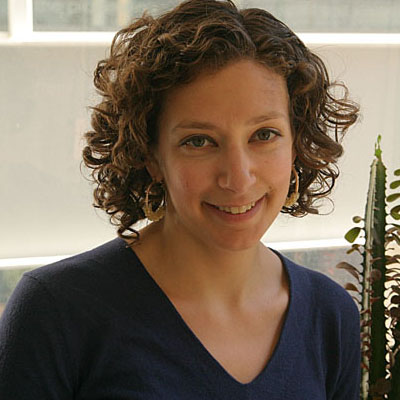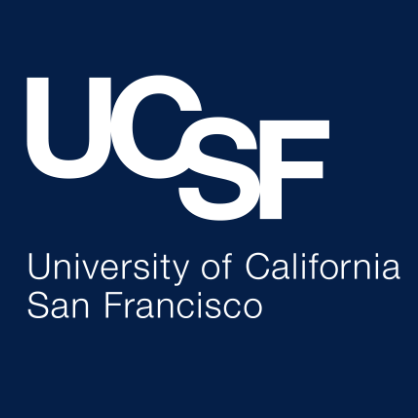Identifying preventative measures for symptoms of autism
According to the Centers for Disease Control and Prevention, autism affects 1 in 68 children in the US. Unfortunately, families affected by autism have few treatment options. Thus, by understanding what is happening at a genetic and neurodevelopmental level, researchers will be able to more accurately diagnose and develop more effective treatments. Dr. Lauren Weiss, of the University of California, San Francisco, studies genetic risk factors for autism to identify preventative measures to reduce the disabilities associated with autism. She and her team look beyond simple models of autism, and seek to understand autism on a fundamental level to one day help treat the thousands of people and families affected by it each year. In concentrating on the complicated genetic mechanisms of autism, Dr. Weiss and her team break down the genetic components and environmental factors that may one day shed light on an effective way to reduce the symptoms of autism.
The strength of Dr. Weiss’ research falls upon the strong focus on autism, unique genetic approaches to challenging problems, and the breadth of the laboratory which includes everything from recruiting families to participate in research to analyzing large genetic datasets, to functional studies in induced pluripotent stem cells. Having the full spectrum of research in the same lab broadens the understanding, expertise, and creative resources of the group. In addition, perhaps as inspiring as the hope that her research brings to the future for individuals with autism and their families, is the passion Dr. Weiss has for her work. She describes, “I still get a surge of excitement because I feel really lucky to be working in this area!”
Current research includes:
-
Gene by Sex Interaction: It is known that more males than females have autism. Dr. Weiss and her team are using a genetic approach to understand what factors cause such a difference between the sexes.
-
Gene by Gene Interactions: Dr. Weiss studies families affected by autism as well as some rare genetic disorders that share a single biochemical pathway and are related to autism such as neurofibromatosis, Noonan syndrome, Costello syndrome, and cardio-facio-cutaneous syndrome. Dr. Weiss is looking at interacting factors or modifiers that influence risk for autism symptoms, as it is still a mystery why some individuals with the same mutation vary in the features of autism.
-
Stem Cells: Using an amazing new technology, which allows Dr. Weiss and her team to take a patient’s skin sample, turn those skin cells into stem cells in the lab, and then grow those stem cells into brain cells in a dish, has allowed them to test some of the genes found in families to see how they influence early stages of human neurodevelopment.

Bio
Dr. Weiss has always been a scientist at heart. In fact, her mother claims that she knew Dr. Weiss would be a scientist when she was only eight months old because she would study her surroundings very ‘scientifically’, down to a blade of grass in the yard. As a child, she maintained an “invention notebook” where she would record her progress, usually sitting in her closet, which she called her invention studio. Therefore, as a freshman in high school, it was no surprise that genetics was attractive to her. She loved the satisfying math and logic of it but also the promise of gene therapy, which sounded very futuristic but also offered an unparalleled way to help people with otherwise impenetrable diseases. In addition to her love of science, Dr. Weiss began volunteering during the summers at a children’s development center which offered early intervention services to children with developmental disabilities. She became particularly drawn to children with autism, and began reading books focused on autism and families battling for their children. Combining both passions at the University of Michigan, she began working in a genetics laboratory led by Dr. Miriam Meisler. After the realization that she could integrate both genetics and autism, she never looked back. Dr. Weiss has since focused on the genetics of autism, taking a number of approaches to figure out what might be going on in the families affected by autism.
Dr. Weiss’ team includes several postdoctoral fellows, who will each become independent scientists themselves in a few more years. The remaining lab members are primarily recent college graduates looking to gain experience towards graduate or medical school. In addition, she collaborates widely with clinicians and scientists, both at the University of California, San Francisco and elsewhere. Lastly, Dr. Weiss participates in international consortia, where many scientist put their data together to do something as a group that they could not do alone, these include the psychiatric genomics consortium and autism sequencing consortium.
In her free time, aside from research, Dr. Weiss enjoys rock climbing and book clubs. In addition, she is fond of arts and crafts and therefore, often is working on a project. Lately, she has been learning the art of glass blowing.
Website: laweisslab.ucsf.edu


